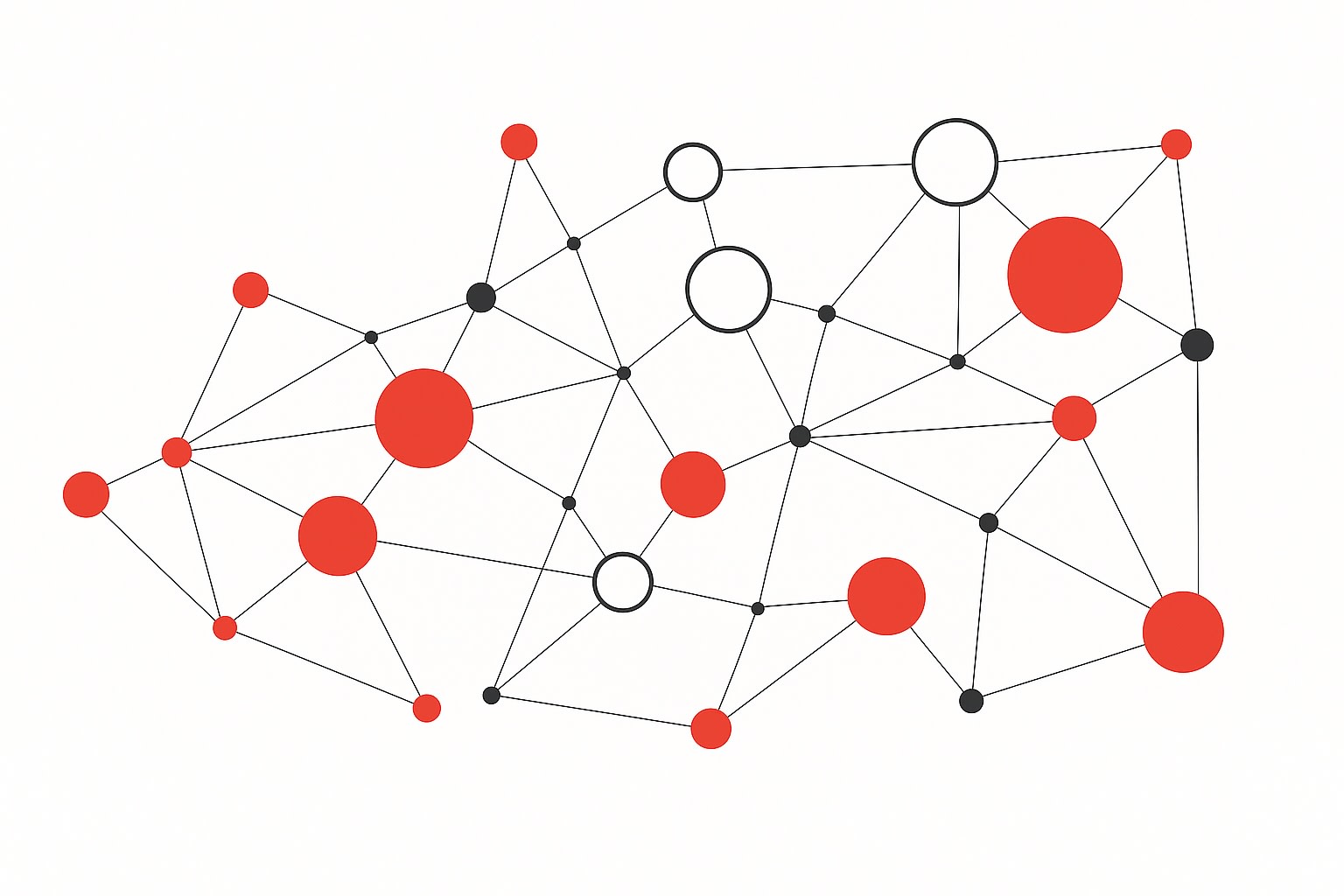Nick Van Weerdenburg

For over 12 years, our business model has been straightforward: time and materials billing based on developer hours. While others competed on price with offshore teams, we competed on our ability to solve complex problems in highly regulated industries, hitting impossible deadlines time and time again. We became the team enterprises called when they couldn't afford to fail – or when they’d already tried and it didn't work.

Most enterprise DXP failures stem from a single architectural flaw: fragmented codebases. A monorepo enforces integration discipline, reduces costs, and enables AI-driven personalization. Without it, your platform is at risk of collapse. If you’re responsible for delivering a scalable customer platform, here’s why foregoing a monorepo architecture is a strategic liability.

Design Systems are all the rage these days, but the sad fact is that most of them stall out due to a) the inherent complexity of organizations (NOT software), b) a lack of experience in the adoption and evolution of a design system, and c) the workflow and cultural changes across designers and developers. To help think through goal setting and strategies to avoid failure and ensure mission-critical strategic success, here are 6 failure modes and 4 reasons why you need to overcome them.

Frontend: nouns in flux, / Backend: verbs drive hidden tasks, / Monorepos thrive.

Average customer experience (CX) quality in the US declined for an unprecedented third year in a row and now sits at an all-time low. It's more important than ever for digital-first companies to embrace continuous delivery, prioritize working software, and transform your digital opperations to outpace competitors.

Many companies dream of unifying their disparate products into a single customer-centric platform to achieve happier customers, competitive differentiation, and a larger market share. Yet Forrester reports that less than 3% of companies are customer-obsessed. Rangle, an elite frontend platform and agile practices consultancy, has been helping customers achieve this for 10 years. In this blog post, we reflect on our experiences and share our recommendations for a successful digital transformation in under 12 months.

Any early stage scale-up is based on uncertainty—yours, your potential clients', and the surrounding market you are participating in. Startup or scale-up, your approach to uncertainty will make or break your success. Nick Van Weerdenburg talks about his 30 years of experience in innovation, technology, and transformation, including almost 10 years as the founder and CEO of Rangle.io, an innovation, technology, and transformation consultancy. Here are the slides of Nick's keynote session from Elevate Festival 2022:

As customer-centric operating models flourish in this hyper-competitive digital economy, it’s important for executives and team leaders to ask themselves a simple question: What are the attributes of an effective digital experience platform?
